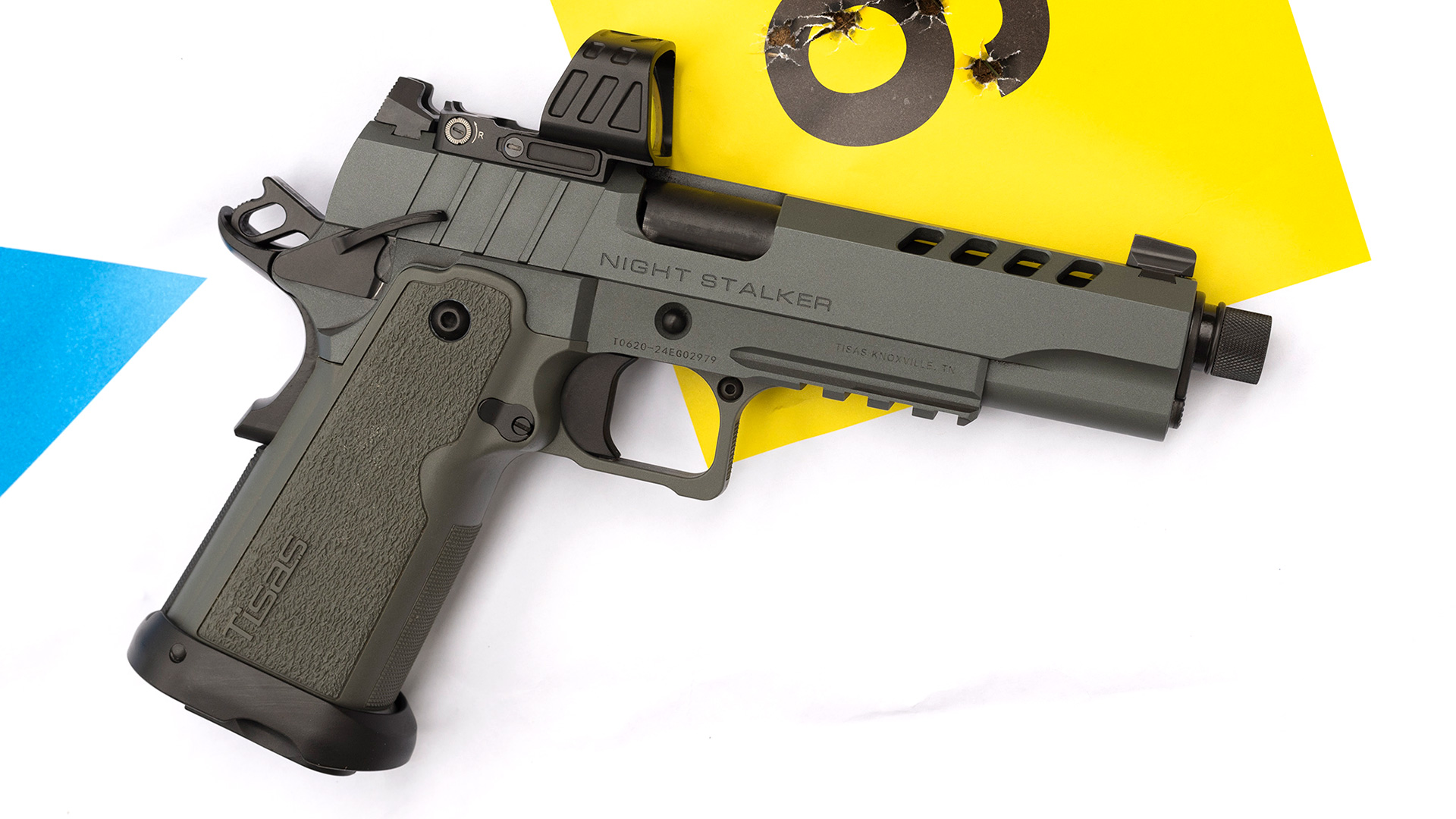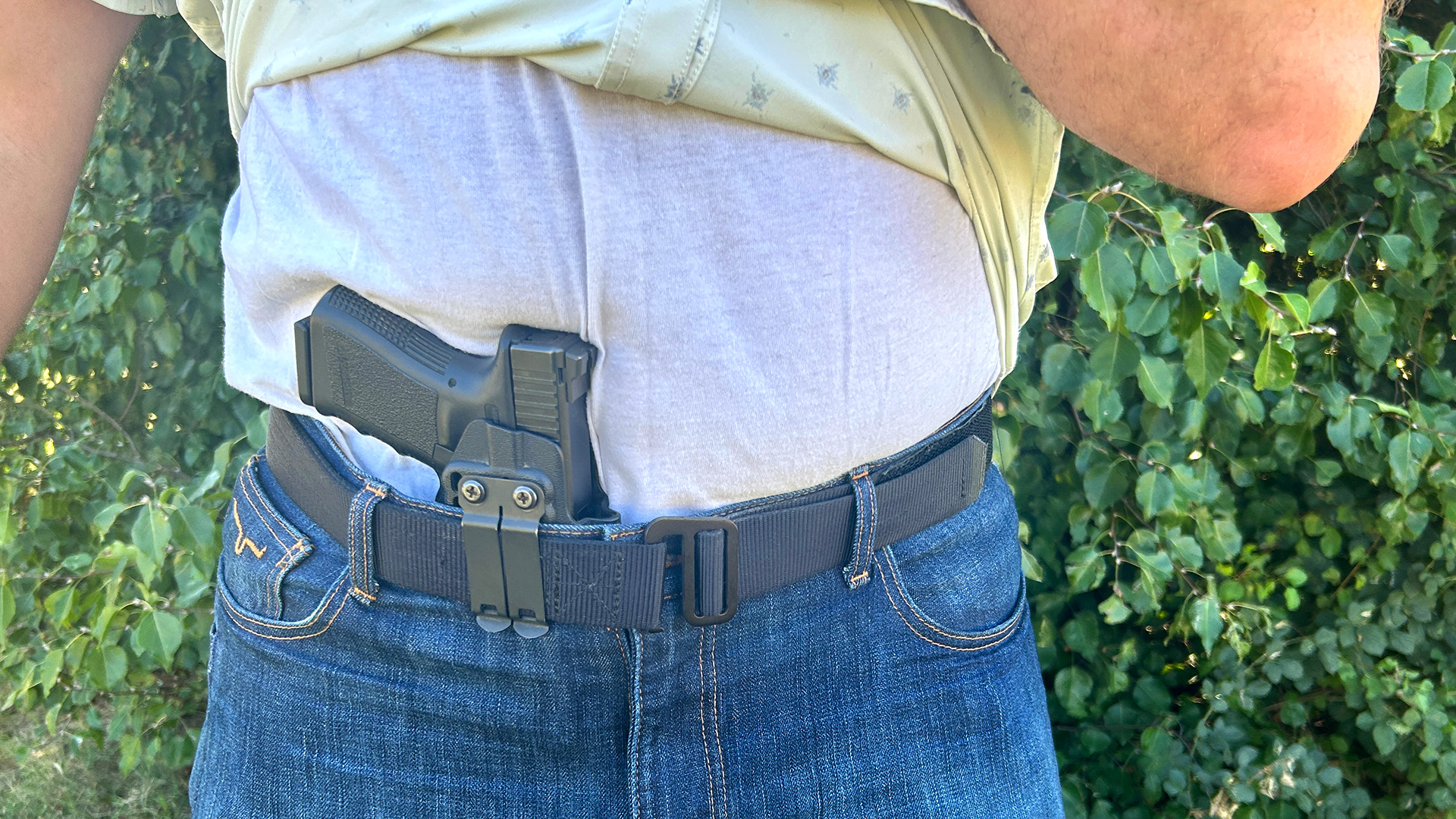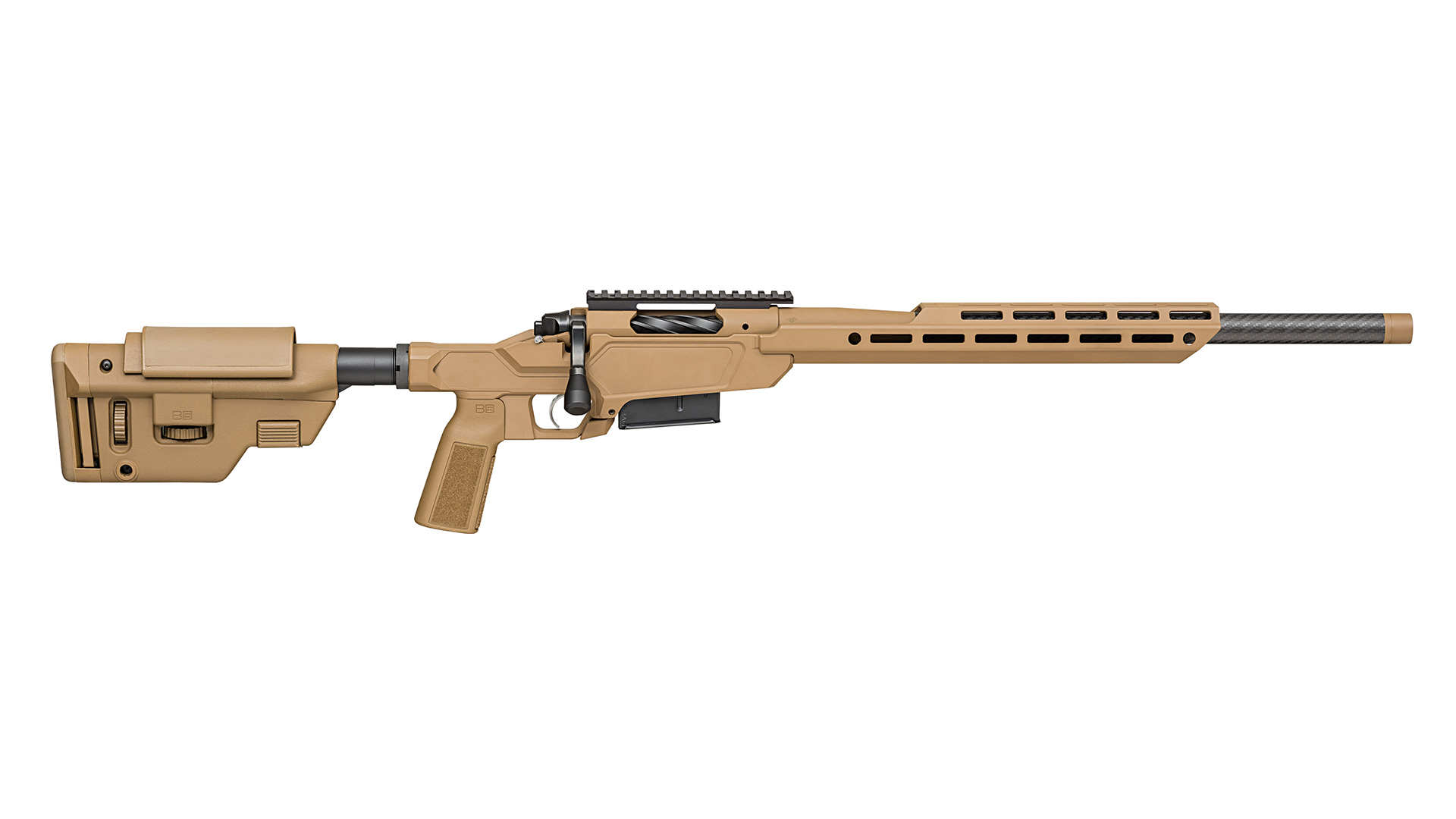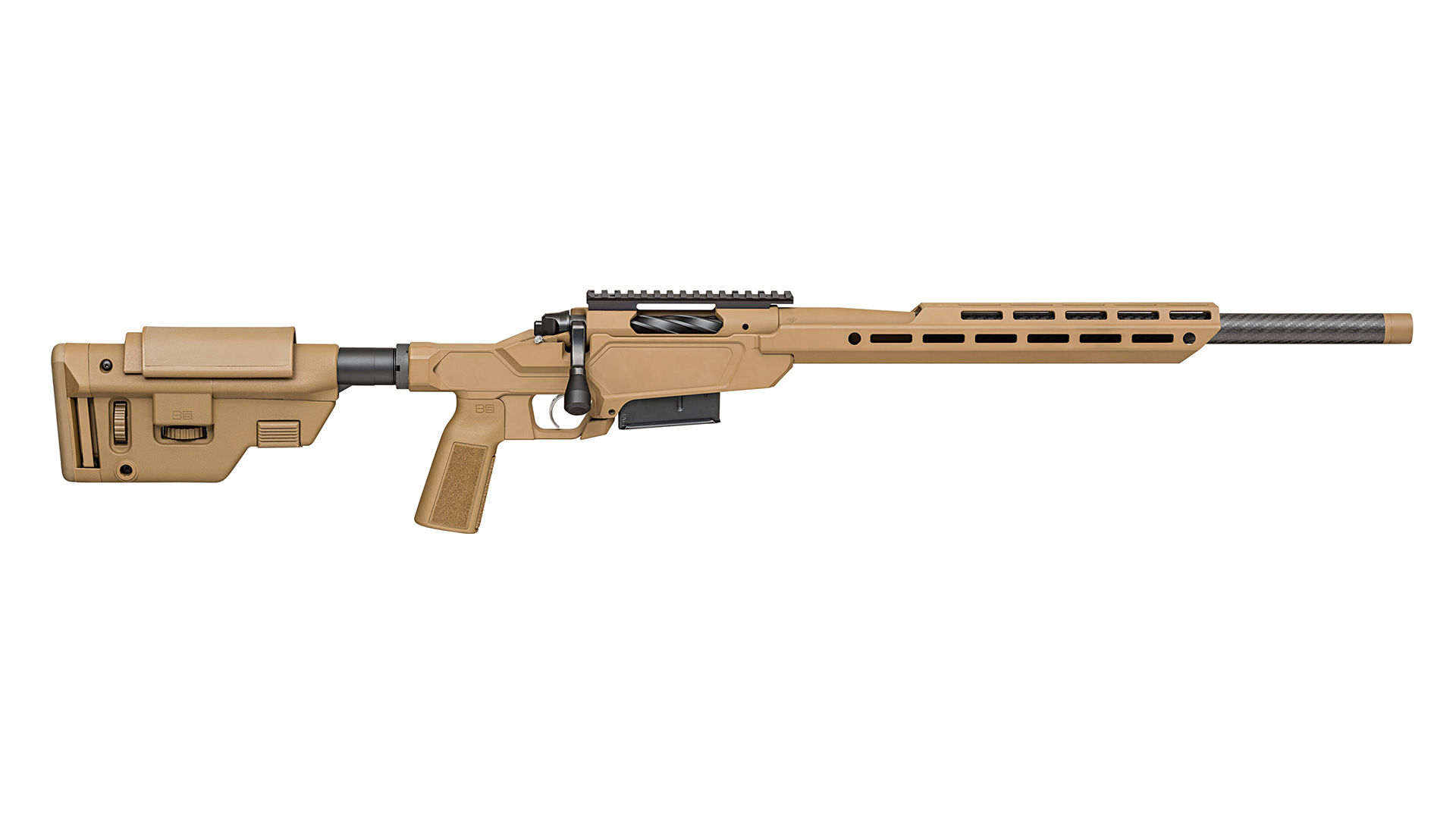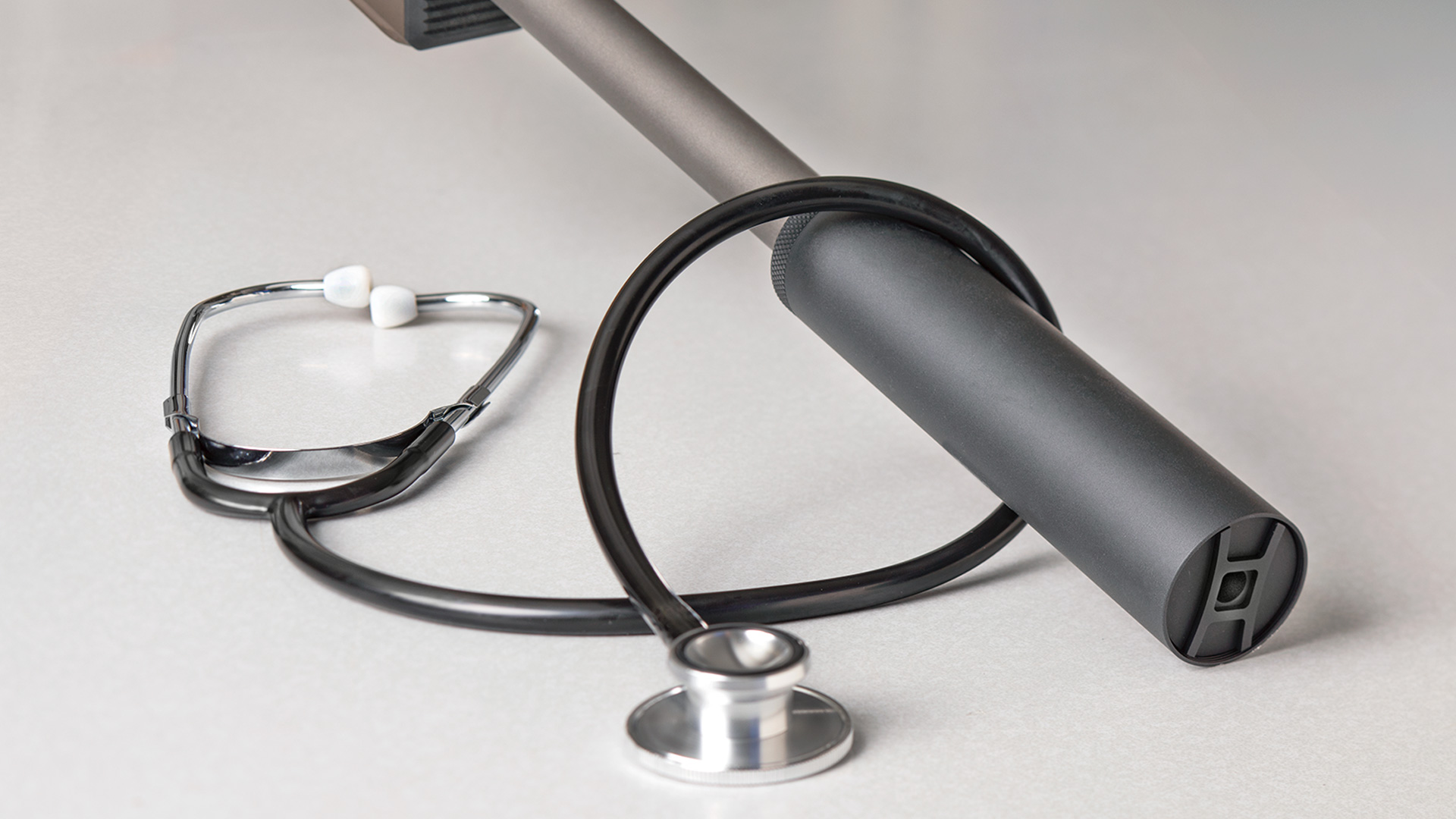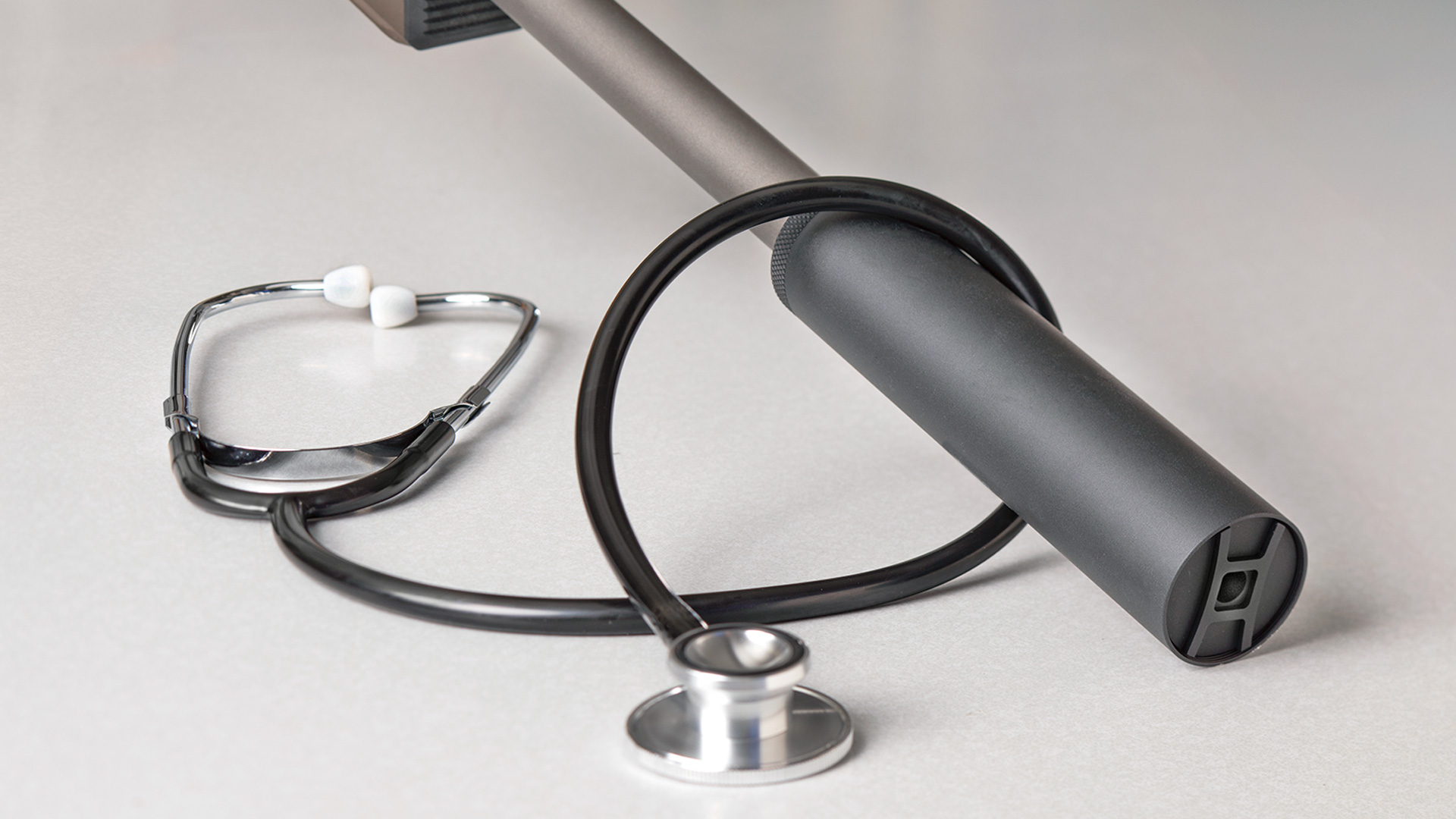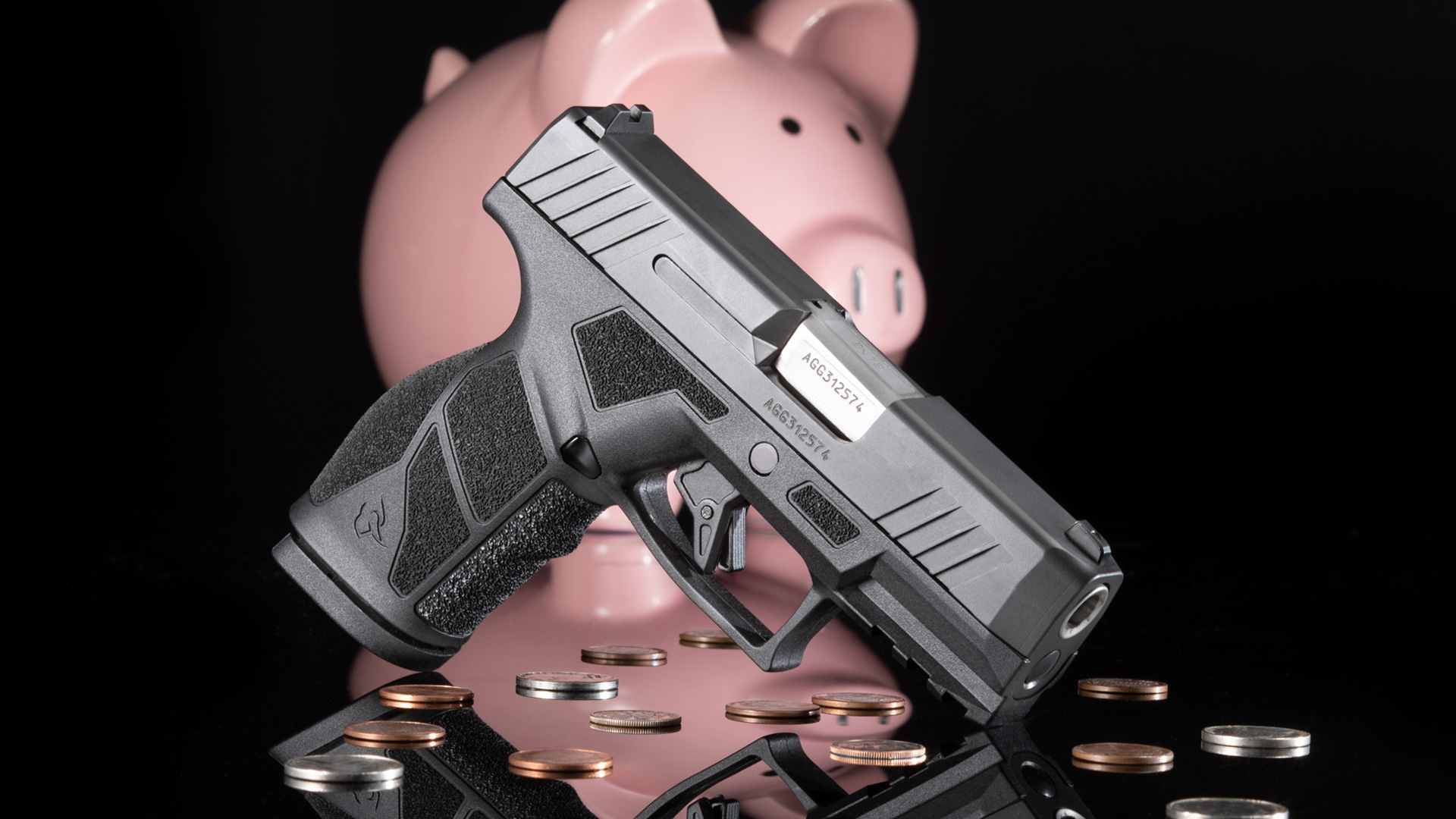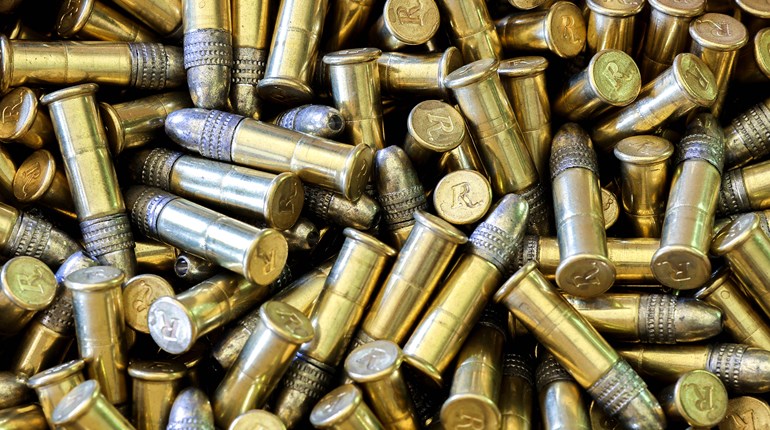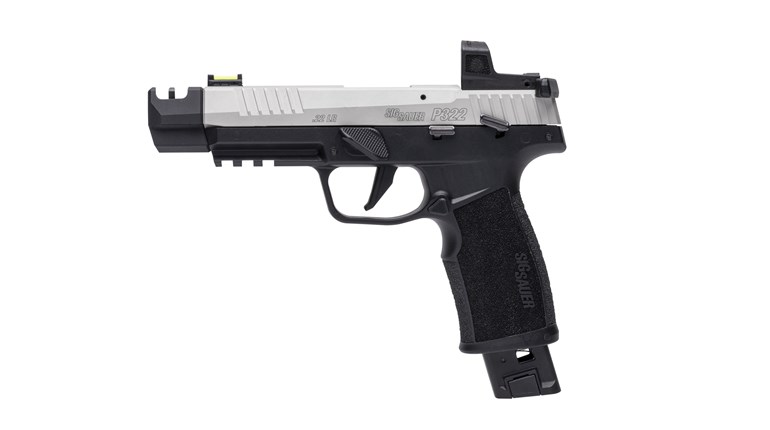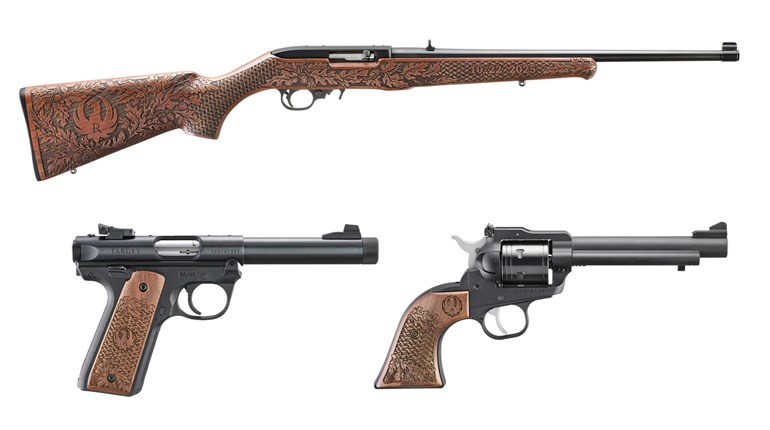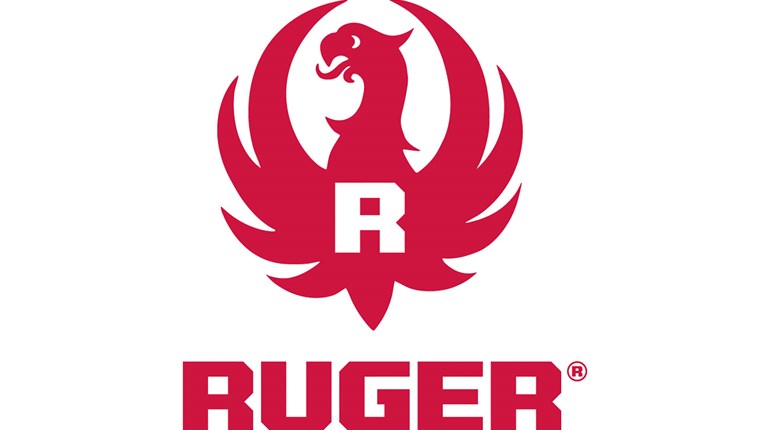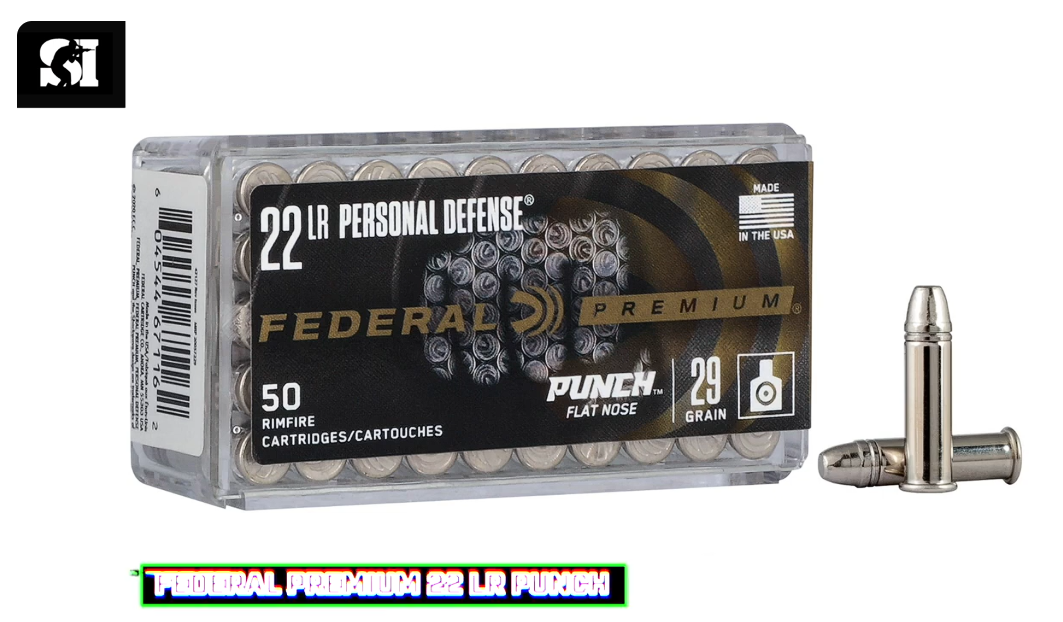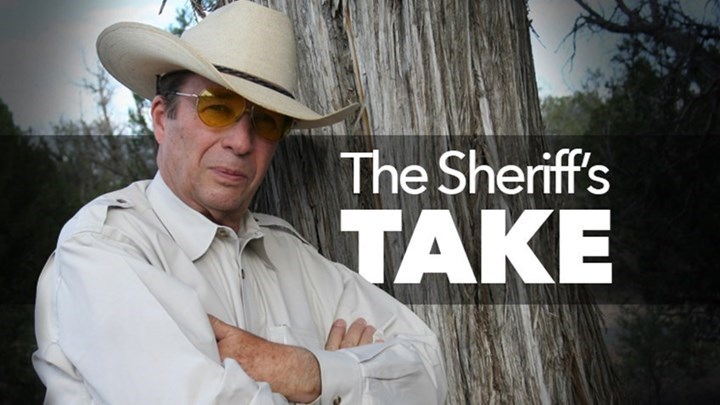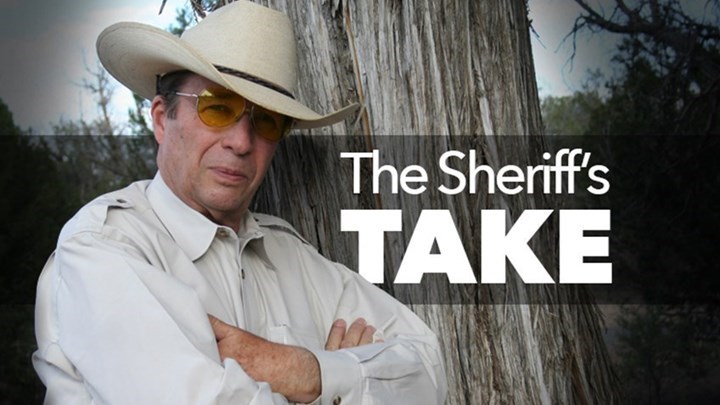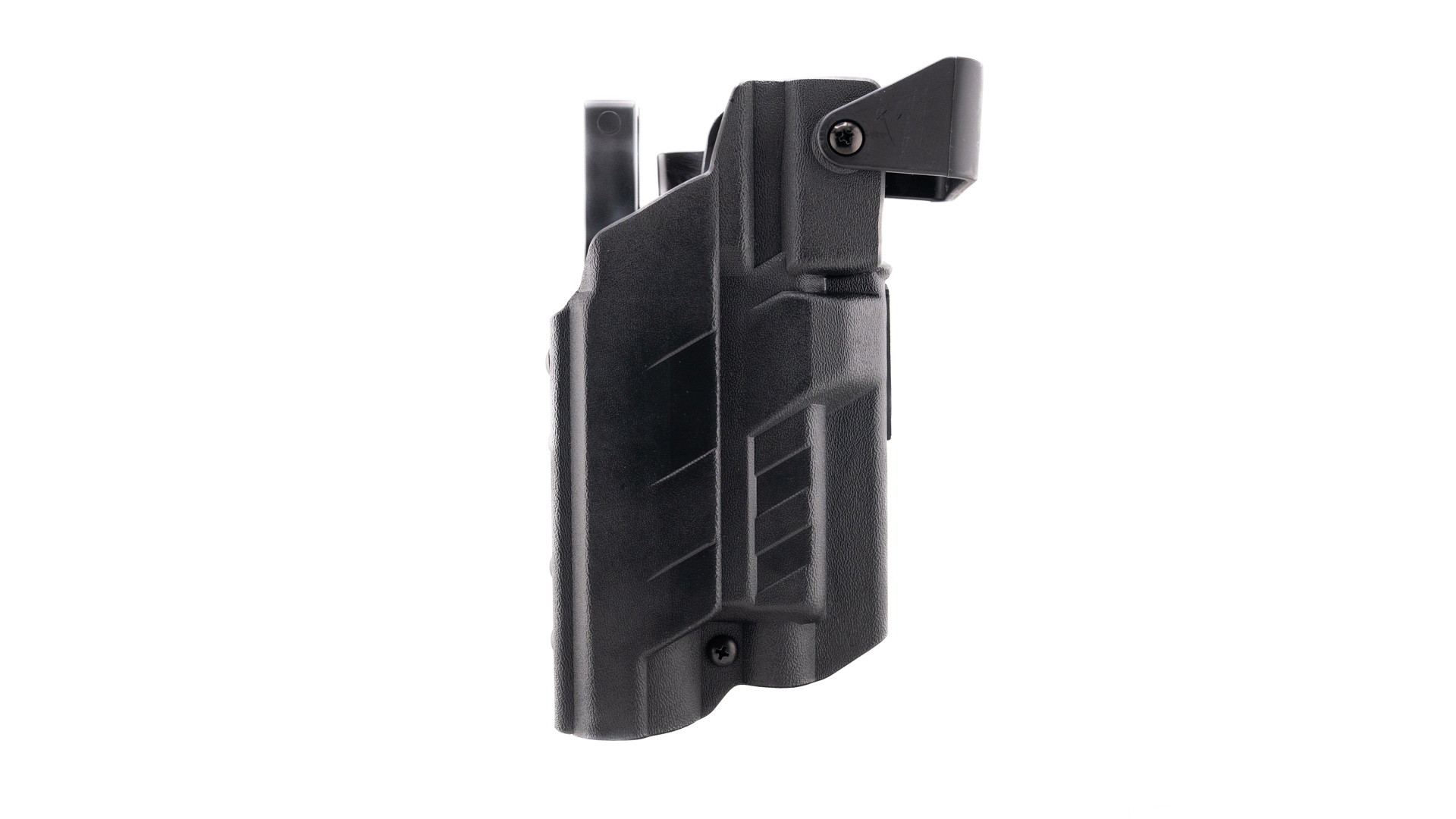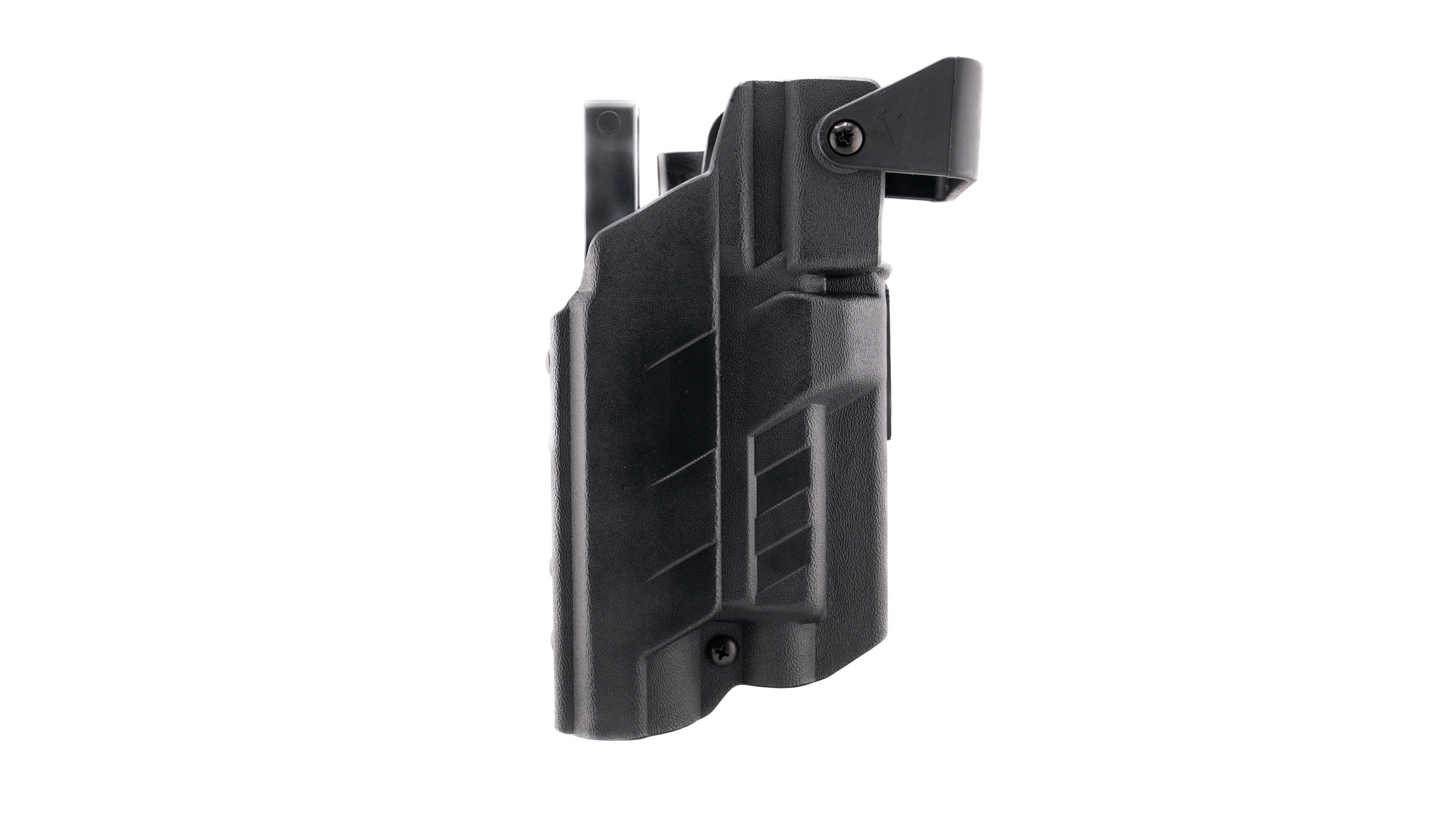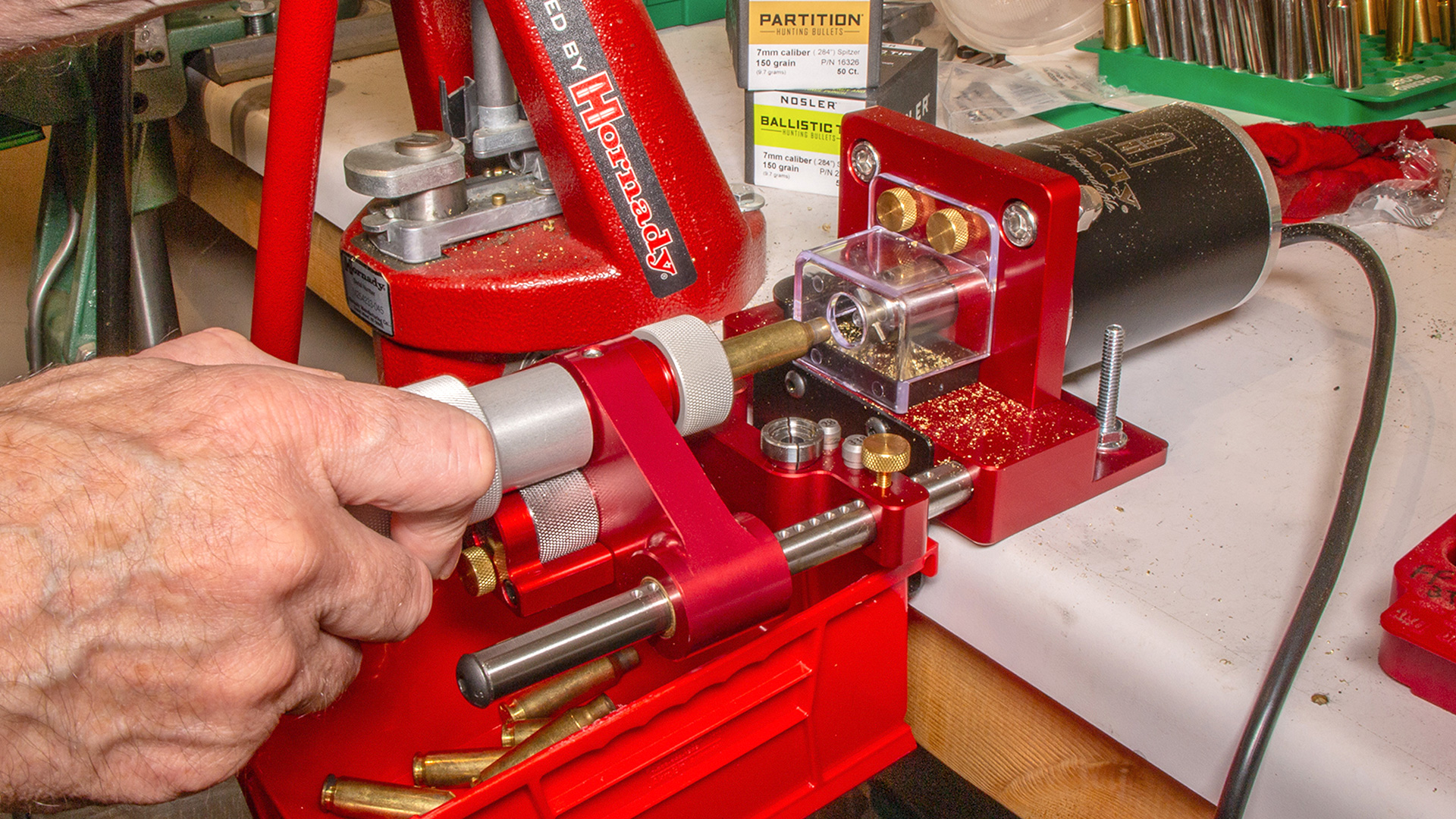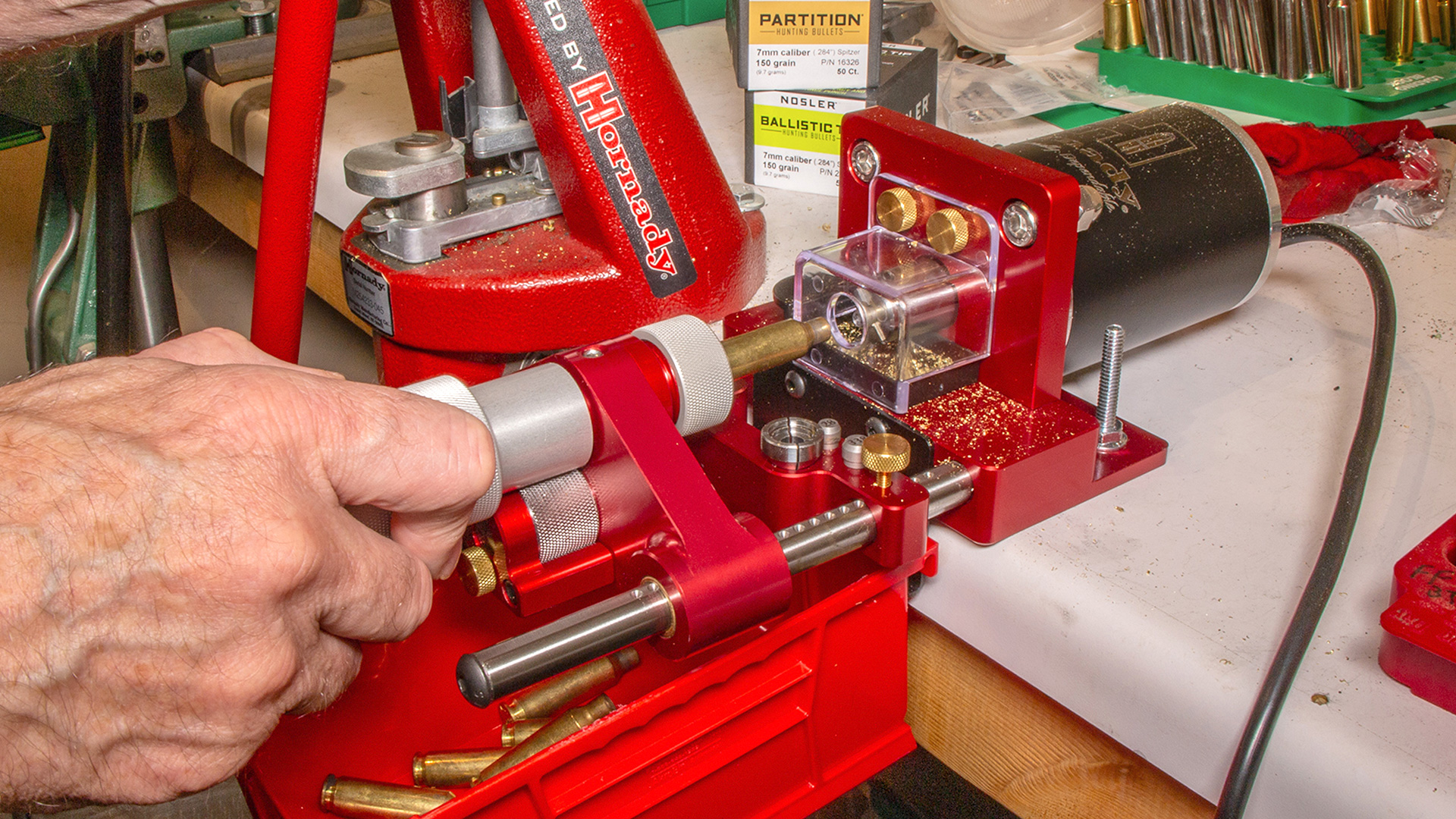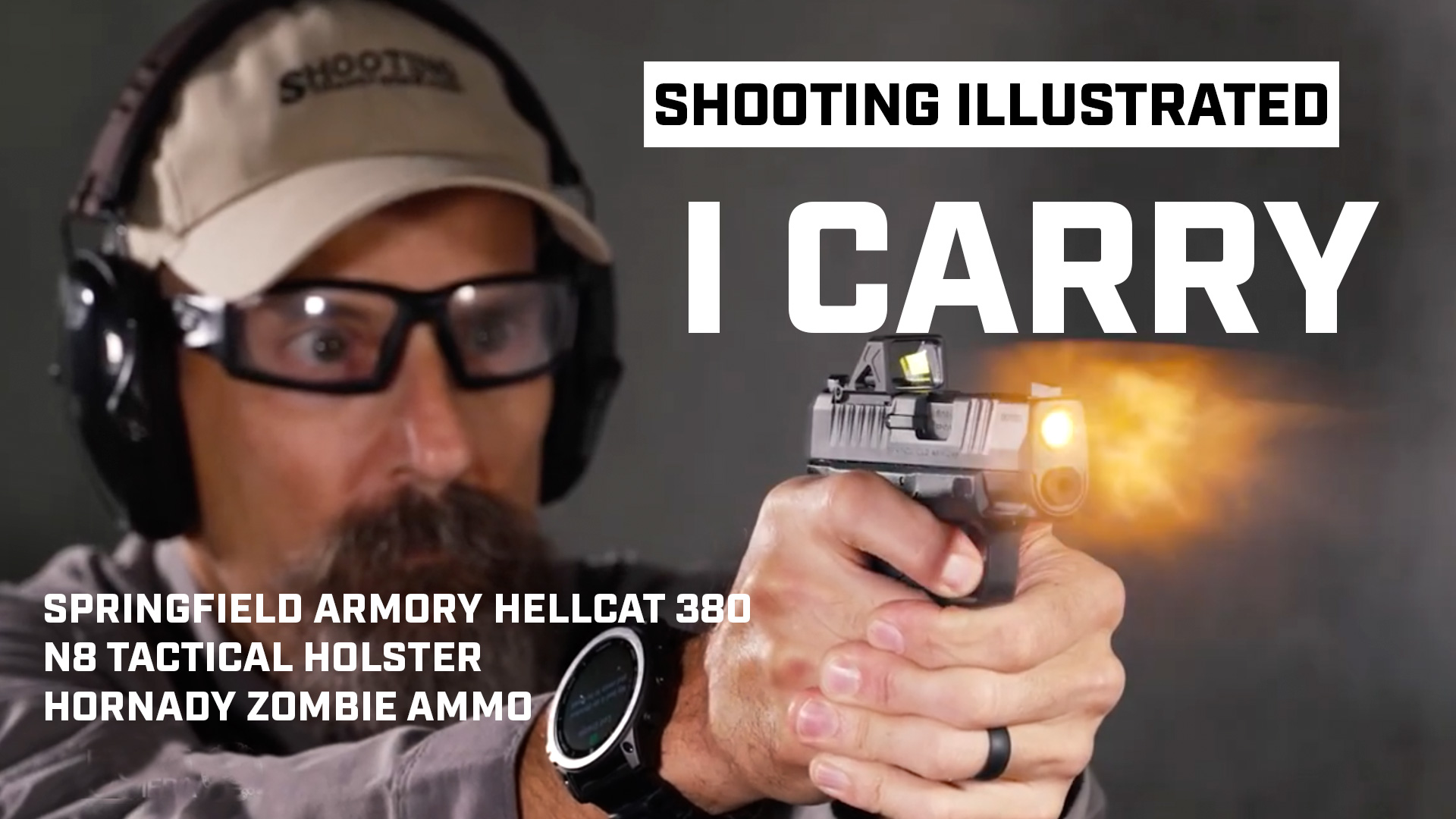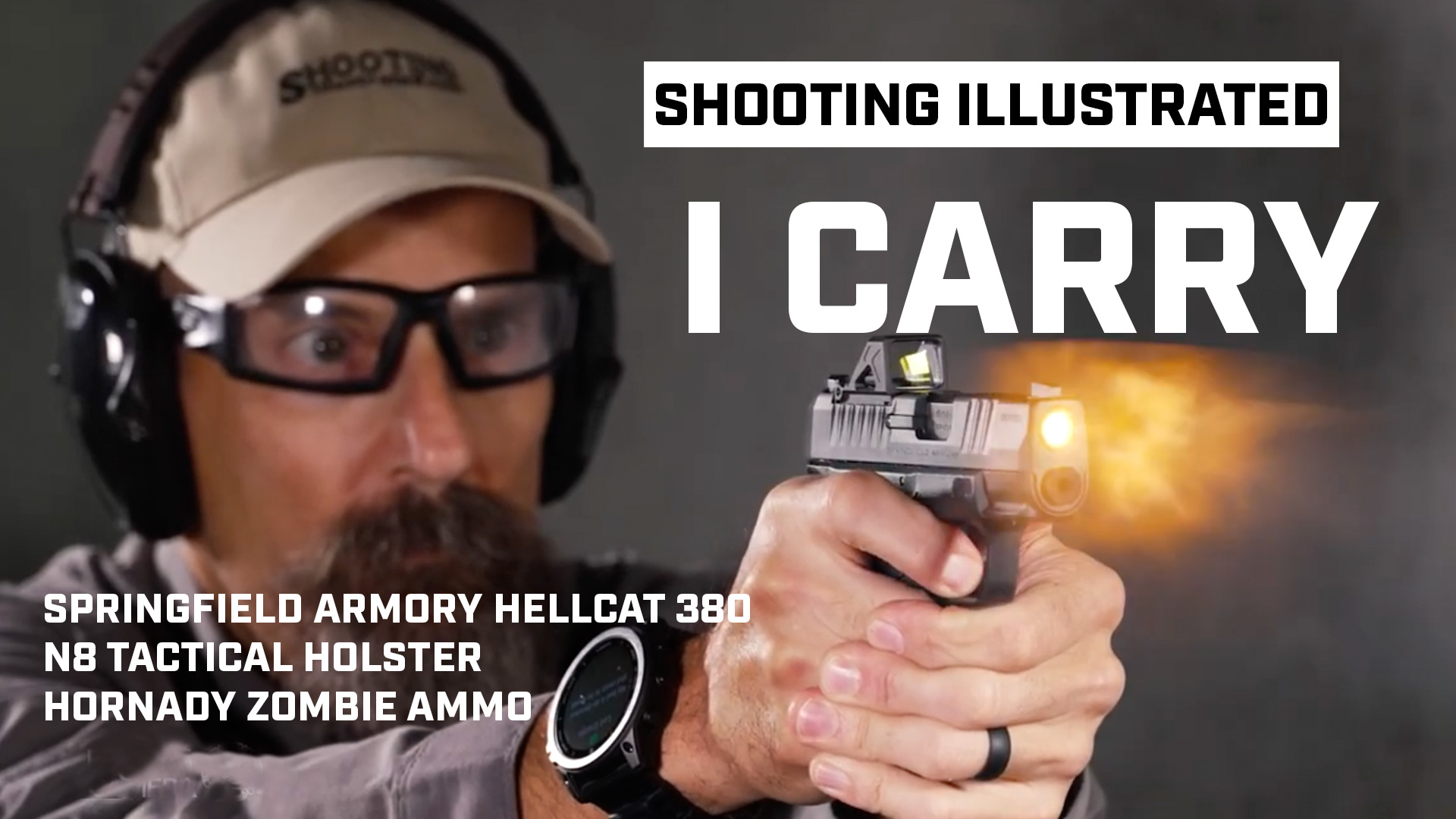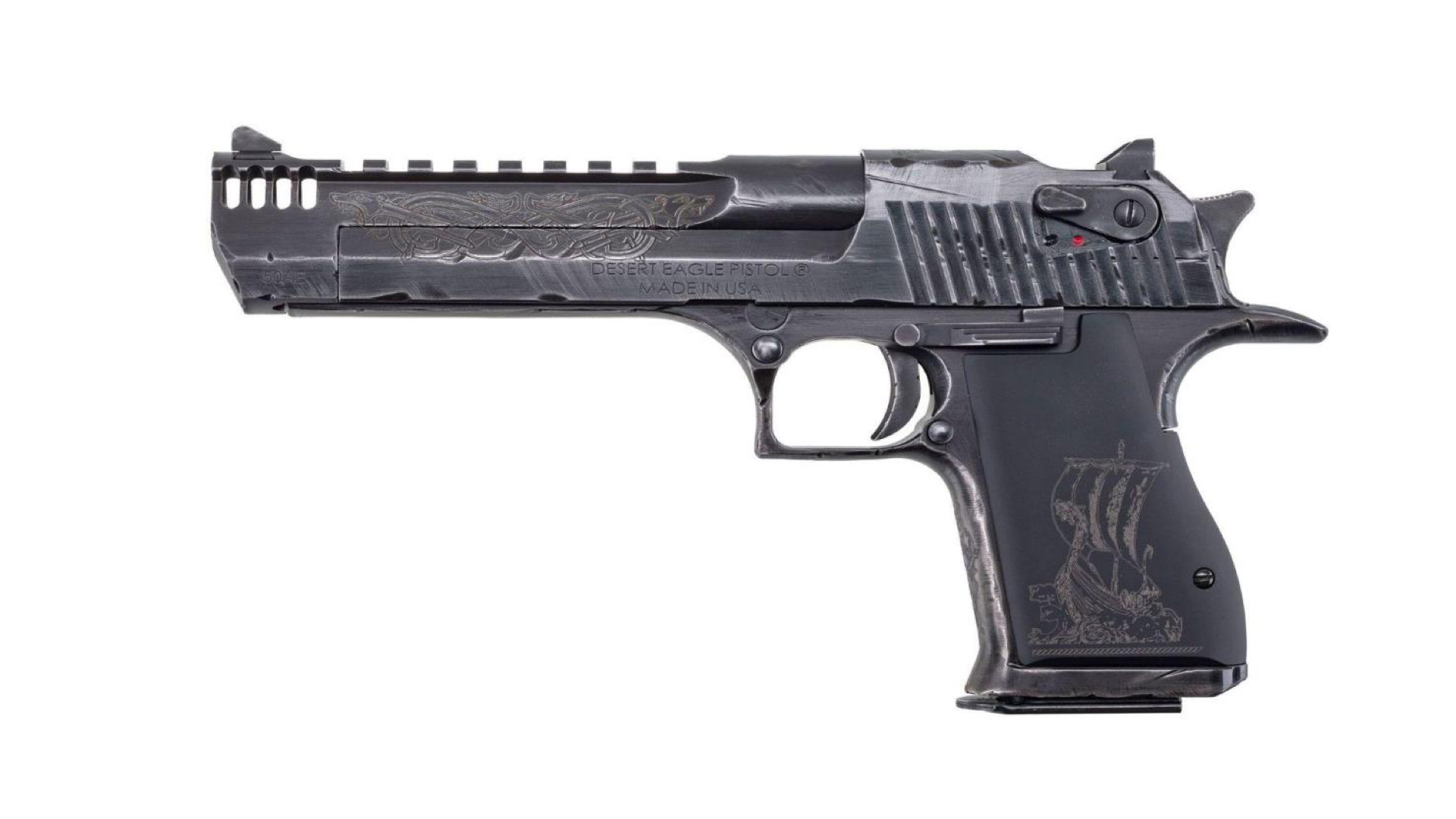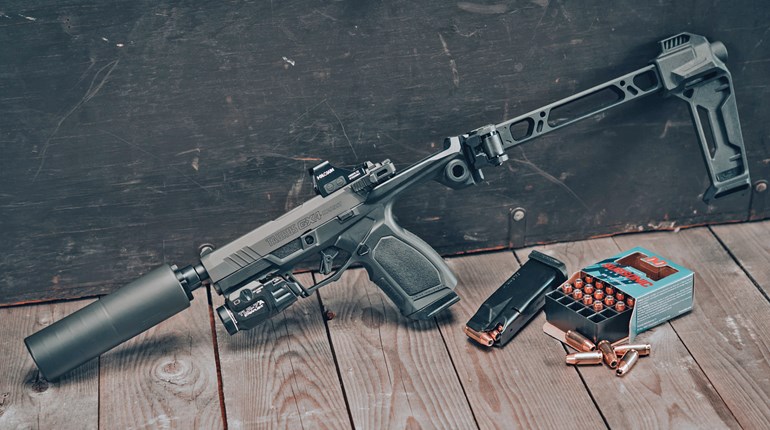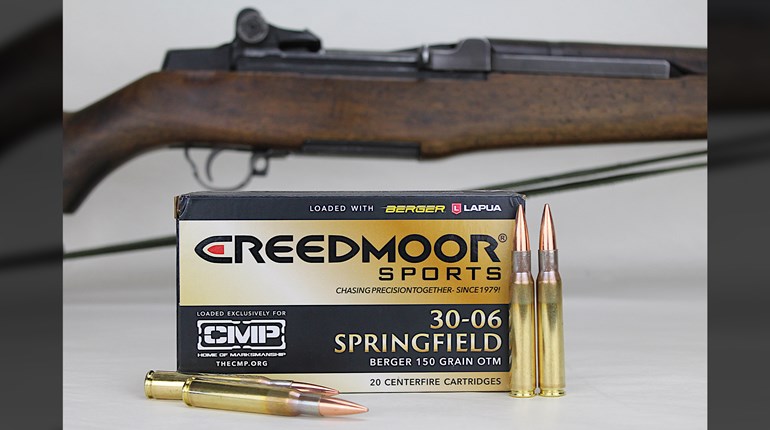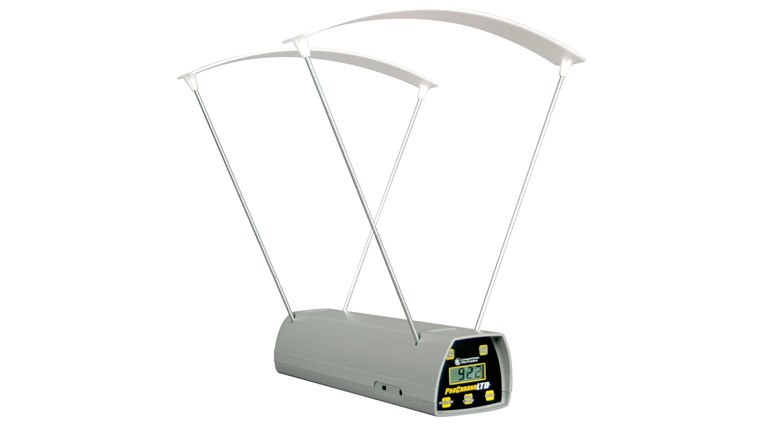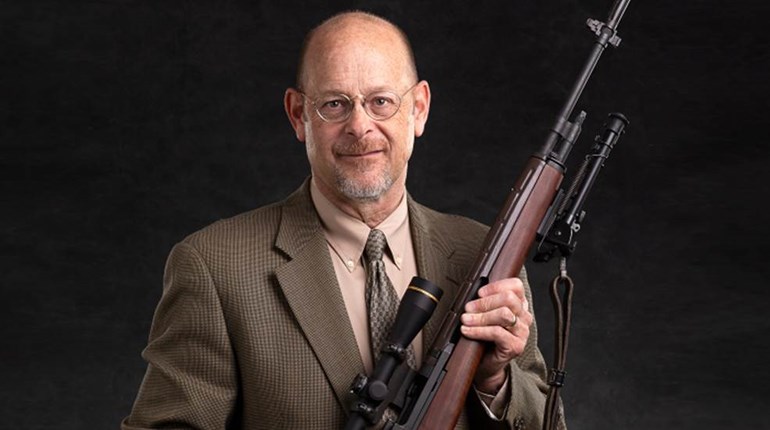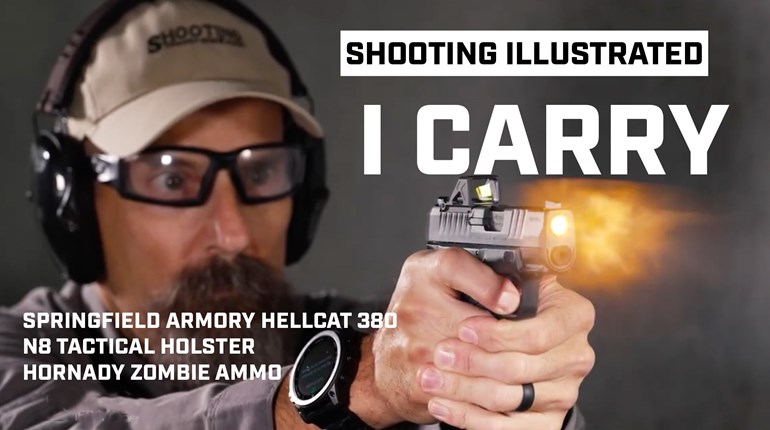
After many years of enjoying Ruger’s single-action .22 LR revolvers, one might say I have developed a biased opinion on this family of wheelguns. That observation would be correct. Likewise, after that same time period, one might say I’m unsurprised by any new .22-caliber, single-action revolvers that Ruger might introduce. Well, I’m more than a little bit smitten with the new Wrangler.
The newest offering is a single-action revolver built on the same size frame as the original Ruger Single-Six, the handgun that started my career at the age of 16. The Wrangler’s 3.75-inch barrel is 1 inch less than on the shortest-variant Ruger Model Single-Six and roughly .75 inch shorter than the earlier model Wranglers. The grip frame has been rounded into the birdshead shape, making the gun even more compact than its predecessor. The front and rear sights are fixed, with a notch in the rear and a blade at the muzzle, much like the original Army single actions, but with one very important difference. Instead of being “V” shaped, both the front blade and the rear notch have vertical, parallel sides, thus allowing a more precise and conventional sight picture. Ruger says the Wrangler’s sights are set for 15 yards, which proved true in subsequent shooting sessions.

The gun is available in three different colors: black, silver or bronze. Except for color, all three guns are identical. I chose the bronze for this review, or as my tactical friends might say, the “desert tan” model. All three models feature a Cerakote finish, which definitely sets them apart from other Ruger handguns and deserves some discussion.
Cerakote is a baked-on finish highly resistant to corrosion. It negates the need for finely polishing the frame and barrel (savings Ruger passes on to the consumer), but results in a finish that feels quite smooth and is totally appropriate for a firearm designed and destined for hard use. When I was a young man, compact .22 LRs were referred to as kit guns, camp guns, pack guns or tackle-box guns. I accepted the first three definitions but had a serious problem with the thought that any blued gun of that era would be stored in a box with potentially wet fishing gear; goodbye bluing, hello rust! I’m not sure I could bring myself to keep a Wrangler in a tackle box, but I have softened my attitude. If the Cerakote can survive an assault from carbonated sodas or blood from a cut incurred in camp, both of which I’ve experienced, then I consider it a viable finish for the Wrangler and what I see as its mission in life. I’m also starting to like the look, particularly in bronze.

Like other Ruger .22s, the Wrangler cylinder holds six rounds of ammo and can be carried fully loaded due to the transfer bar that prevents the hammer from touching the firing pin unless the trigger is pulled fully to the rear, as in the deliberate act of firing. Loading and unloading the compact revolver requires only that you rotate the loading gate clockwise roughly 90 degrees, until it stops. This withdraws both the bolt and the hand into the frame, leaving the cylinder free to rotate not just clockwise, but in either direction. This free-wheeling feature is normally reserved for big-bore, single-action revolvers shooting heavy-for-caliber bullets. I don’t see a need for it on a .22-caliber revolver, but neither do I have a problem with it. Loading and unloading a small rimfire revolver has always been a bit of a challenge for those with large fingers. Perhaps the ability to move the cylinder in either direction will make it easier for you to properly align the fired chamber with the ejection rod. The hammer cannot be cocked while the gate is open. On a very positive note, the ejector rod is long enough, it will push the empty case fully out of the cylinder, allowing it to fall clear. That’s not true on all small revolvers. The wheelgun’s trigger pull ran pretty consistently around 5 pounds: a little heavy for bullseye shooting, but just about perfect for a plinker.
I like the feel of the birdshead grips, but that opinion wasn’t shared by all in my shooting group. The grips were simply too small for the tallest man (6-foot, 6-inch) on the line who said he could not get a proper/controllable firing grip. A female shooter in our group liked the birdshead shape and finished our event by ordering a Wrangler. Keep in mind, we were all working from a holster, where your firing grip has to be achieved before you present the handgun. I found that the Wrangler did not always come into precise alignment with the target when I finished the draw stroke; small corrections were required to ensure proper placement of shots. While the birdshead grips did not exactly fit my hand, they fit in my hand sufficiently to ensure the gun was controllable enough to make repeat hits, even when a small re-alignment might be required for the first shot.
So far, the discussion on the Wrangler has been about recreational use, which is the purpose for which the gun was designed. But, in today’s increasingly hostile world, it’s difficult not to look at the possible necessity
of using any available handgun for personal protection. The timing was fortunate for this article, because Gunsite Academy was hosting a group of gunwriters to examine the subject of .22-caliber guns in a survival situation. While the agenda included Ruger’s takedown 10/22 rifle and some small, semi-automatic pistols, I stayed focused on the Wrangler.
There are no aiming points to assist you. In daylight hours, it was relatively simple to keep shots toward the center of the target’s torso at 15 yards. Obviously, these .22-caliber bullet strikes would not have the traumatic effect of larger calibers, but placed in an assailant’s center-mass, they still represent serious hits.
Working inside one of the Academy’s shooting houses always poses a serious light problem for me, not just in seeing the handgun’s sights, but also in identifying threats. I need the help of a flashlight, and while there’s no device for attaching a light to the small revolver, most campers keep a flashlight relatively handy in camp for use when daylight fades. And with the diminutive recoil of the .22-caliber single action, the Wrangler is easily fired one handed while the other hand wields the flashlight.
But, it was the “hiking back to camp” drill through one of Gunsite’s ravines that drove home the real possibility of a mild-mannered, .22-caliber camping pistol becoming your primary defensive tool. What could be more reassuring than the kit gun/camp gun that always accompanies you—one all your family members have learned to shoot? Now, everyone with you is capable of taking on the role of family defender. If you’re alone, your camp gun just became your primary life-insurance policy.

